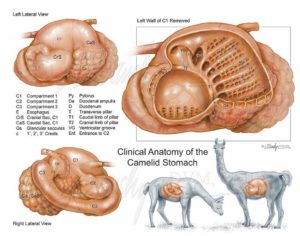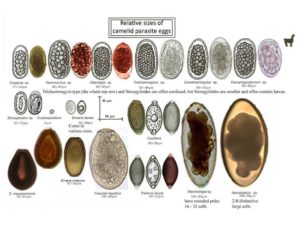 Summary
Summary
- Alpacas were domesticated by the Incas more than 6000 years ago and were raised for their exquisite fleece. Due to its quality and unique characteristics alpaca fibre was reserved exclusively for the elite and nobility.
- Alpacas come in two types:
- Huacaya (wuh-kai-ya). These have a woolly, dense, crimped fleece – like a teddy bear – giving it a very woolly appearance.
- Suri. The sure alpaca has fibre that grows long and forms silky dreadlocks.
- Alpacas are sheared once a year.
- Alpacas live for up to ~20 years.
- Alpacas weigh between 55 and 100 kg.
- The Spanish term for a male alpaca is a ‘macho’ and a female is a ‘hembra’. A baby alpaca is called a ‘cria’.
- Alpacas are pregnant for ~11.5 months.
- Alpacas are very clean – they use a communal dung pile.
- Alpacas make excellent pets. They are gentle, inquisitive and intelligent. They can be trained quickly and easily to a halter and lead.
- Alpacas hum when they are curious, content, worried, bored, fearful, distressed or cautious.
- Alpacas don’t spit – well, very rarely at humans and generally they reserve this activity for each other when annoyed or quarrelling over food.
Specifics:

Alpacas, like other camelids, have a three-chambered stomach; combined with chewing cud, this three-chambered system allows maximum extraction of nutrients from low-quality forages. Alpacas are not ruminants, pseudo-ruminants, or modified ruminants.
Alpacas will chew their food in a figure eight motion, swallow the food, and then pass it into one of the stomach’s chambers. The first and second chambers (called C1 and C2) are where the fermentation process begins. The alpaca will further absorb nutrients and water in the first part of the third chamber. The end of the third chamber (called C3) is where the stomach secretes acids to digest food, and is the likely place where an alpaca will have ulcers, if stressed.

